The 5150 tattoo has become an emblematic choice for many, often regarded as a symbol of rebellion and personal expression. Rooted in the legal code for involuntary psychiatric commitment in California, this number resonates with individuals who have faced their own battles, be they mental health challenges or feelings of alienation. Below are several ideas and insights into the profound meanings behind this compelling tattoo.
Capturing Personal Struggles
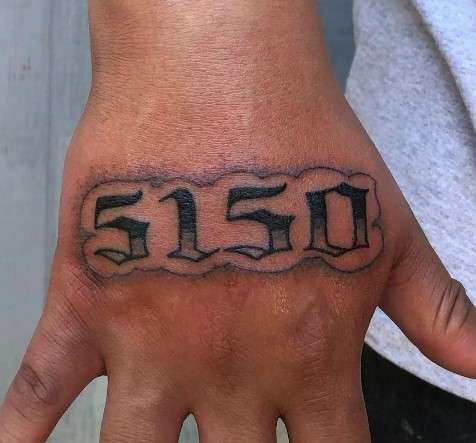
“Sometimes the struggle is all you have left. Embrace it.” This quote epitomizes why many choose to immortalize the number 5150 on their skin. It’s a reminder that personal struggles can transform into sources of strength and resilience. The tattoo serves as an anchor, a permanent acknowledgment of one’s journey.
Symbol of Freedom
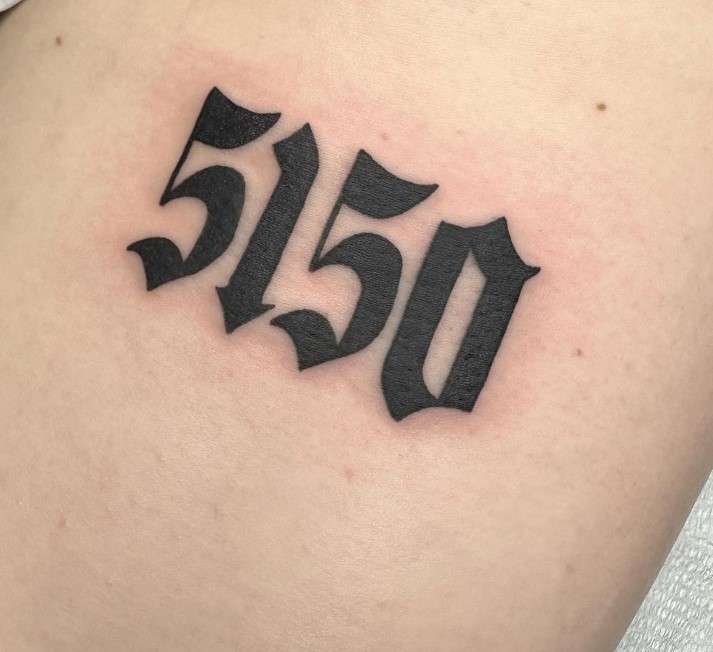
“I am not a prisoner of my circumstances; I am the master of my fate.” This sentiment resonates for many who opt for the 5150 tattoo. It embodies their triumph over adversity and their quest for liberation. This transformation symbolizes breaking free from societal expectations and embracing one’s true self.
A Badge of Honor
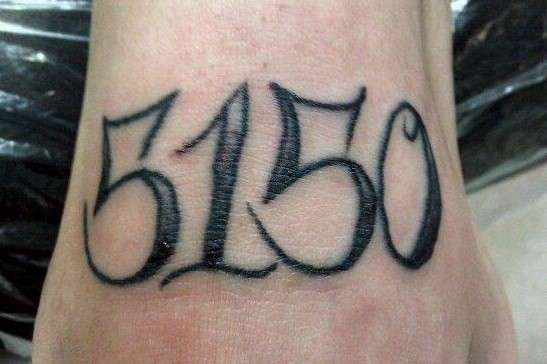
“Wounds are the places where the light enters you.” This quote reflects the notion of viewing scars, both visible and invisible, as marks of courage. Individuals donning a 5150 tattoo may see it as a badge of honor, celebrating their resilience in overcoming life’s trials.
Creating a Dialogue
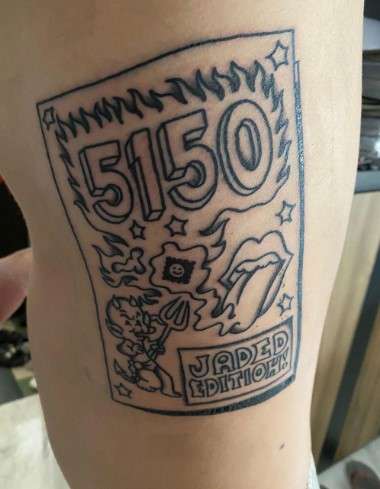
“Words can’t capture the depth of human experience.” Through the 5150 tattoo, many find a conversation starter about mental health. It invites dialogue and fosters understanding, breaking down the stigma surrounding mental health issues.
A Canvas for Art
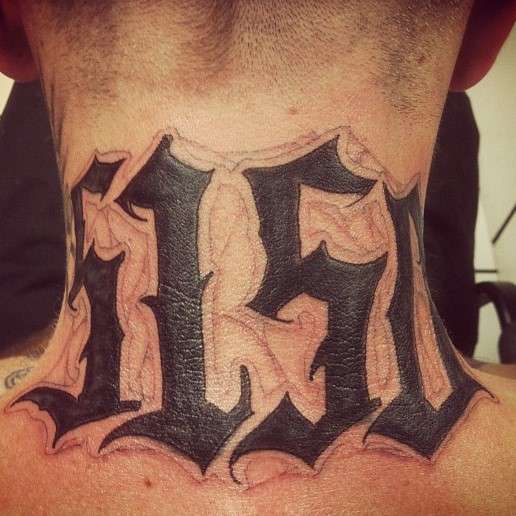
“Art speaks where words are unable to explain.” The 5150 tattoo transcends its numerical significance, becoming a canvas for artistry and creativity. Many integrate intricate designs and symbols, enhancing the narrative and personal significance of their tattoo.
In conclusion, the 5150 tattoo is not merely a number; it represents a myriad of emotions and stories. Whether embraced for its symbolism of struggle, freedom, honor, dialogue, or artistic expression, it captures the essence of the individual’s journey—a celebration of life in all its complexities.







